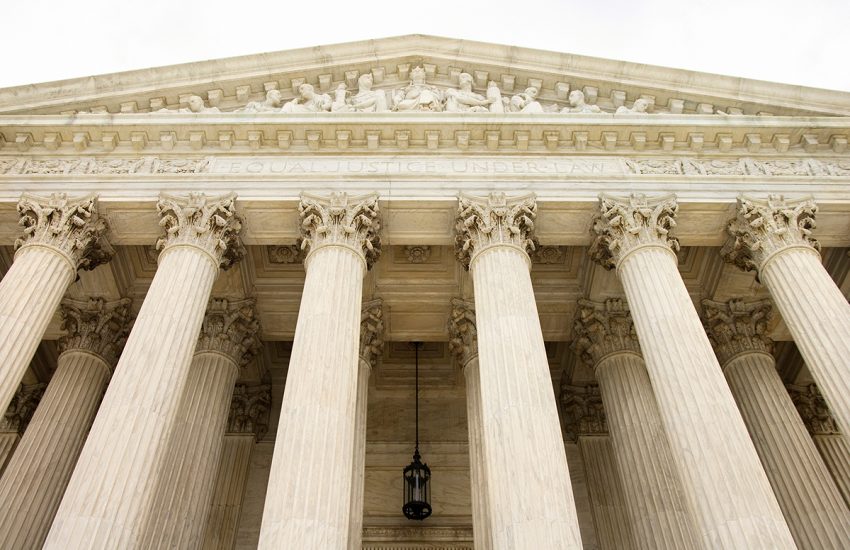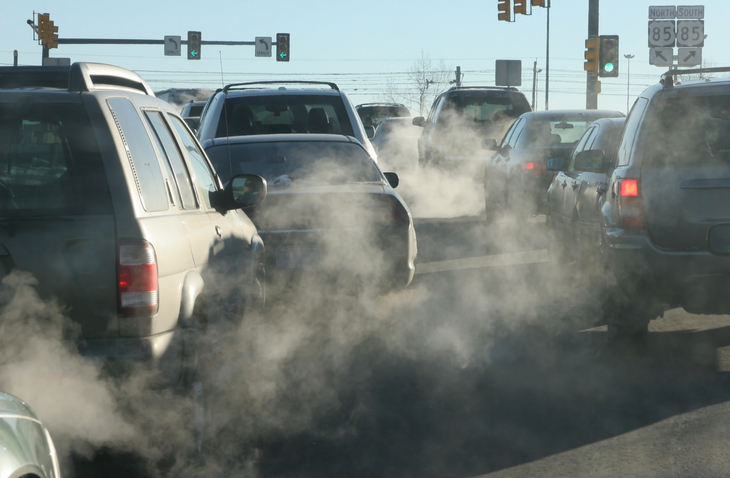As coastal erosion continues to shrink beaches, the sand that remains has become ever more valuable; and in Maine, a battle over the beach has reached the state’s highest court.
In most coastal states, the intertidal land — (the land subject to the ebb and flow of the tides) — is owned by the state in trust for the public under the public trust doctrine. Thus, the public is generally entitled to use the intertidal zone for recreational purposes. Maine is one of only a few …
Continue Reading









